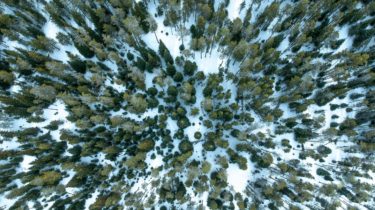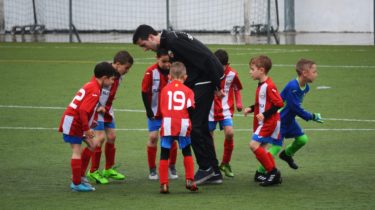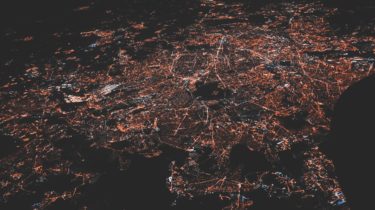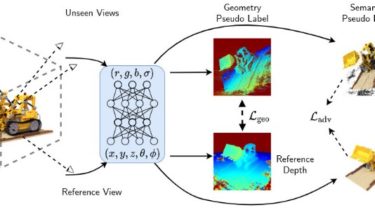Normal Bayes Classifier for Image Segmentation Using OpenCV
The Naive Bayes algorithm is a simple but powerful technique for supervised machine learning. Its Gaussian variant is implemented in the OpenCV library. In this tutorial, you will learn how to apply OpenCV’s normal Bayes algorithm, first on a custom two-dimensional dataset and subsequently for segmenting an image. After completing this tutorial, you will know: Several of the most important points in applying the Bayes theorem to machine learning. How to use the normal Bayes algorithm on a custom […]
Read more








